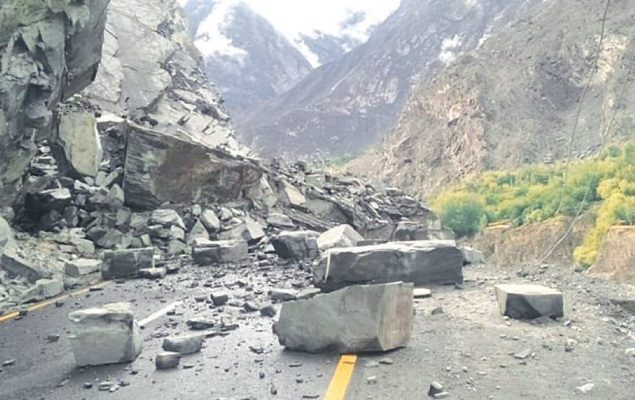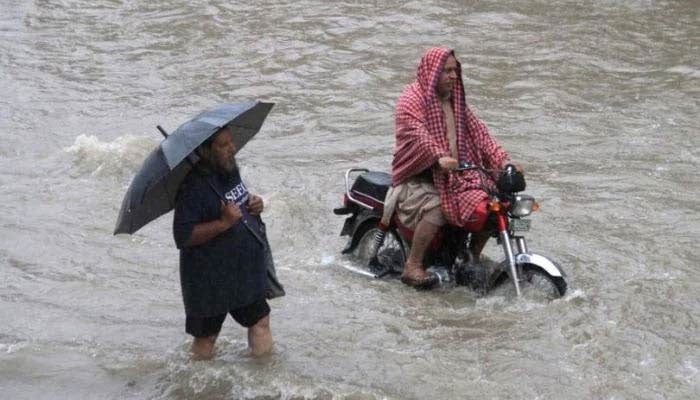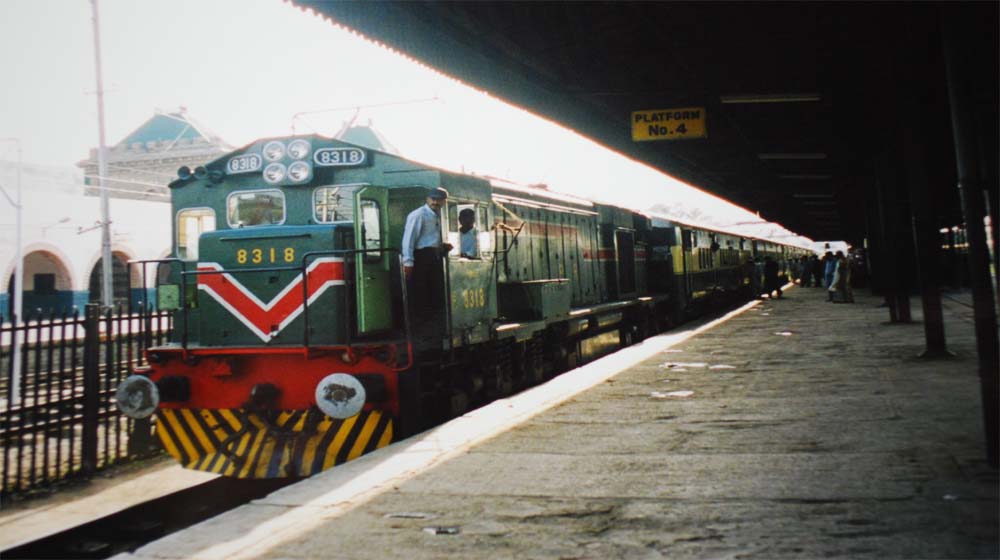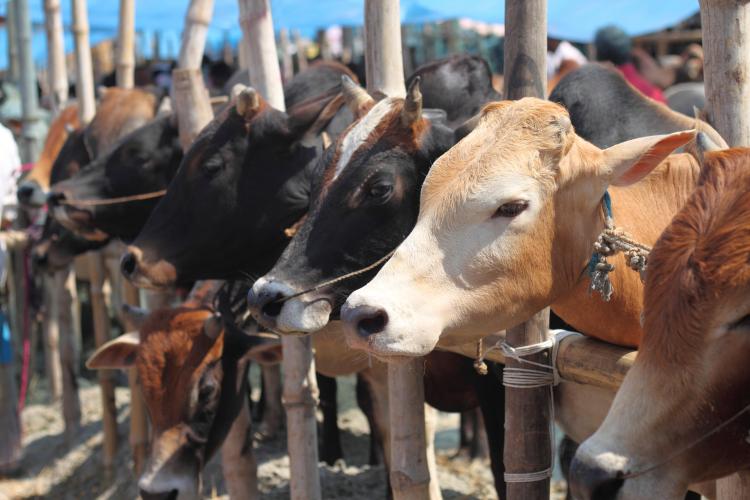
A horrifying landslide incident that occurred on the Gilgit-Skardu Road has been making rounds on social media. The video footage, which has since gone viral, shows the terrifying moment when the landslide struck, leaving hundreds of travelers stranded. Despite the severity of the incident, it was a miracle that no lives were lost. This unfortunate event is not an isolated one, as monsoon-triggered floods have been causing chaos in Khyber Pakhtunkhwa (KP) and Gilgit Baltistan (GB), leading to increased incidents of travelers getting trapped on the Karakoram Highway.
In response to these natural disasters, the Frontier Works Organisation (FWO) and the National Highway Authority (NHA) have been working tirelessly to clear the Karakoram Highway at various critical points. Areas such as Jijal, Pattan, and Uchar Nullah, among others, are being prioritized for immediate clearance. However, the reconstruction of the Uchar Nallah bridge, which was destroyed by floods last year, remains pending.
The Harban tehsil in Upper Kohistan has also been severely affected by the overflow of streams due to heavy rainfall. This has resulted in road blockages, damaged water supply systems, and disrupted pedestrian walkways. The Karakoram Highway to the Harban Valley and surrounding areas has been significantly impacted, causing immense hardships for the local communities.
Given the ongoing challenges, authorities strongly advise against traveling to these regions during the monsoon season. The vulnerability of the roads to landslides significantly increases during this time, posing a threat to the safety of travelers.
For those who must travel, it is crucial to stay informed about weather forecasts, travel advisories, and road conditions. Travelers should plan ahead, choosing the right time to travel and avoiding periods of intense rainfall or immediately after heavy downpours. It is also important to heed the guidance provided by local authorities, road signs, and travel advisories. Observing surroundings for signs of potential landslides, such as cracks in the ground, fallen rocks, or debris on the road, can also be lifesaving.
Travelers should maintain a flexible itinerary, be prepared to change travel plans or take alternative routes if landslides occur, and carry essential emergency supplies. It is also advised to maintain a safe distance from slopes, cliffs, and areas prone to landslides while driving. Sharing travel plans with a reliable person, providing details of the itinerary and expected return date, can ensure assistance can be sought if needed.
In these challenging times, it is crucial to stay safe and travel responsibly.













